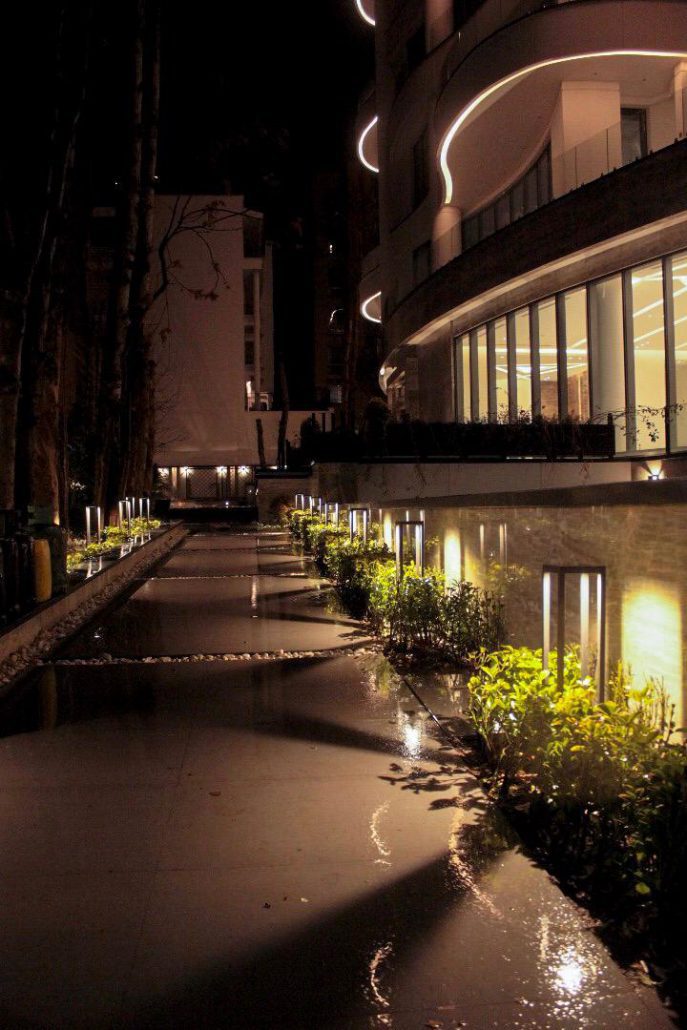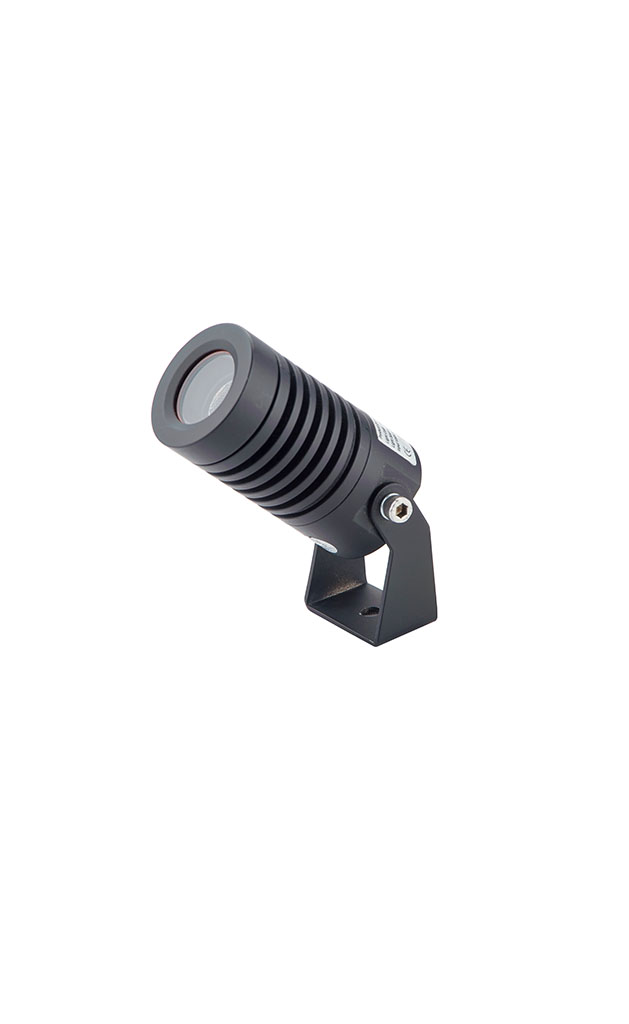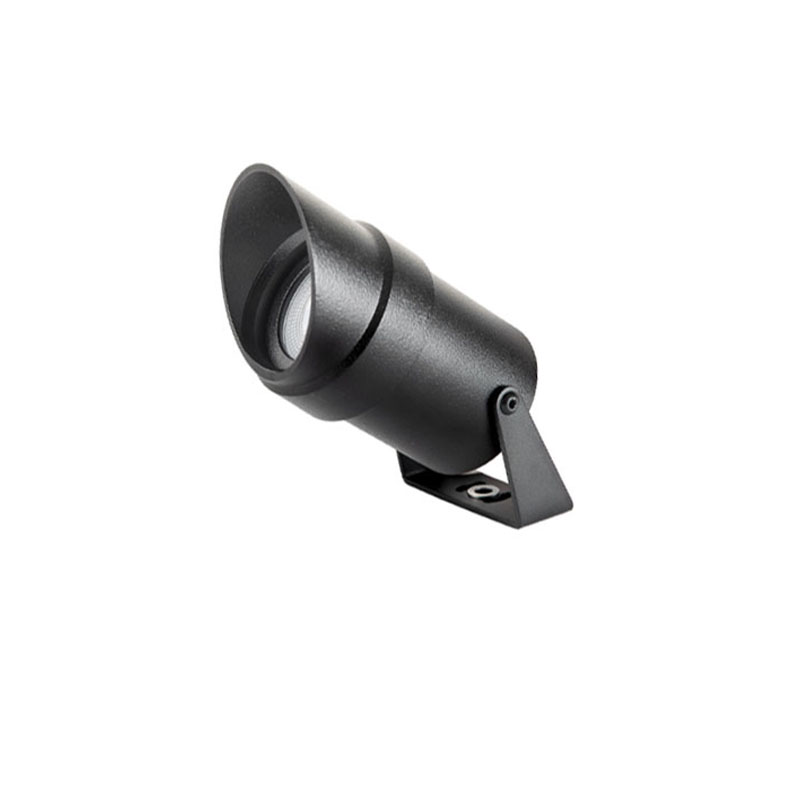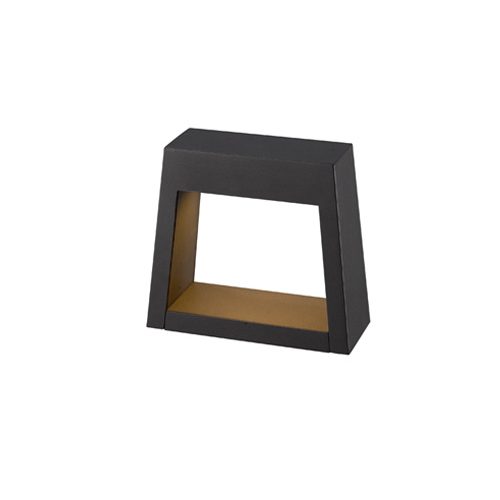The importance of specialized facade lighting
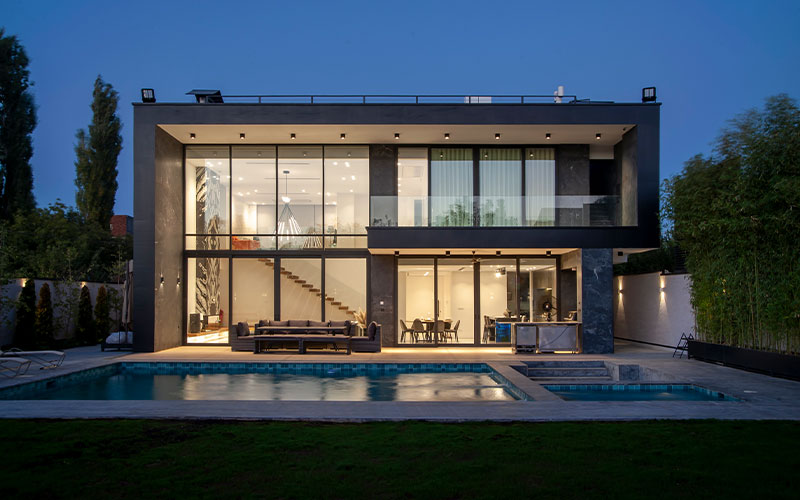
The facade of a building plays a crucial role in its beauty and attractiveness. While facades are clearly visible during the day, proper facade lighting is necessary to enhance their beauty and create an appealing urban environment at night. In the darkness of night, it is the light that showcases the beauty and architectural features of buildings. Facade lighting involves various techniques and the use of different tools to create a visually pleasing appearance. Join us as we introduce you to the latest methods for choosing various types of facade lighting lamps and techniques.
The significance of building lighting
Knowledge and skill are essential for executing building and facade lighting. Therefore, we recommend seeking assistance from lighting experts for this task. Facade lighting is a technical job that requires appropriate equipment and materials. Proper facade lighting enhances the beauty of a building. If someone other than lighting specialists carries out the task, the result may not be as interesting, so it is advisable not to take risks. The shape and facade of a building vary depending on its usage, such as commercial buildings, residential structures, and villas, each following specific principles for facade lighting.
For excellent facade lighting implementation, in the first stage, attention should be paid to factors such as examining the structure of the facade, building materials, and types of materials used in the facade. Additionally, selecting the appropriate types of facade lighting lamps is crucial.
Before starting the work and implementing facade lighting, experts should determine the objective of the project, and the final price should be calculated by specialists based on the required raw materials.
The purpose of facade lighting
Facade lighting must be carried out with a clear and precise objective in mind. In general, facade lighting is performed through two main approaches: beautification and highlighting certain elements. This lighting requires considering various dimensions and aspects, including light and its related features, intensity, direction, and color.
Light color
The color of facade lighting should harmonize with the colors of the building materials used, so the chosen colors and building materials should be compatible and blend together, a task usually performed by designers. White and blue lights are among the most commonly used lights in facade lighting because they are compatible with many colors and create good lighting coordination.
Light intensity
If the light intensity is too low, the facade lacks a special effect and beauty. Conversely, if it is too high, it emphasizes the flaws of the facade. Therefore, it is important to use balanced lighting on the facade, as it preserves the building’s appearance, adds more beauty, and does not bother passersby or disturb residents of neighboring buildings.
Consideration of various styles
Building lighting includes several styles, and here we mention some of them:
- Accent lighting: This style is often used for small surfaces or elements on the facade.
- Uniform lighting: It typically starts from a single point on the facade and can cover a wide surface.
- Interior and exterior lighting: It is used near entrances, doors, and external windows. However, avoiding lights near windows in residential buildings is also important to maintain privacy.
- Area lighting: This type of lighting is mainly used in spaces, columns, and important areas to emphasize them further.
The hidden impact of concealed lighting
In many cases, hidden light sources are used to have a greater and better impact on the main elements of building facade design. The light source should be concealed from the observer’s view because it enhances the contrast between light intensity and the boundaries, making them more visible to the eye. Concealed lighting has a positive effect on the visual appearance of the facade at different levels.
Mistakes to avoid in lighting design
1-Excessive or inadequate lighting for the environment
It is evident that every space should be illuminated in the best possible way. The appropriate amount of light required in different environments varies. The intensity of light sources is not always calibrated temporarily. In fact, often lamps with insufficient brightness are used for the spaces.
To rectify this, first consider the spatial dimensions where lighting is intended. Then, select the type and number of lamps required to provide light to each space.
2-Using layered lighting
In many cases, we do not consider the distribution of light on different surfaces. Environmental lighting, task lighting, and accent lighting (ambient, activity, and accent lighting respectively) contribute to improving the overall quality of light in the environment and ensuring greater visual flexibility within the room.
We recommend aiming for quality and comfort by using more lighting solutions for better space illumination and incorporating layered lighting in your interior design.
3-Incorrect and impractical arrangement of lamps
Angles and areas that benefit from optimal lighting and other angles that become dim with vague points of light are the consequences of poor positioning and improper use of lamps.
Let’s assume you are designing a studio. You decide to install table lamps on the desk, which ensures high levels of task lighting, allowing you to read, write, and work comfortably. However, on the other hand, the entire room lacks ambient lighting, making movement around impractical. This is a concrete example of impractical lamp arrangement that is unsuitable for illuminating every corner of the space. To avoid similar mistakes, we recommend not overlooking lighting solutions designed for each specific activity and location.
4-Lighting systems with incorrect sizing
This is a mistake many people make. Ideal lighting design should be proportionate to both the spaces and other elements, such as building materials.
For example, choosing a lamp that stands out significantly in size compared to other aesthetically rich elements can create an overly dominant atmosphere and overpower the overall design.
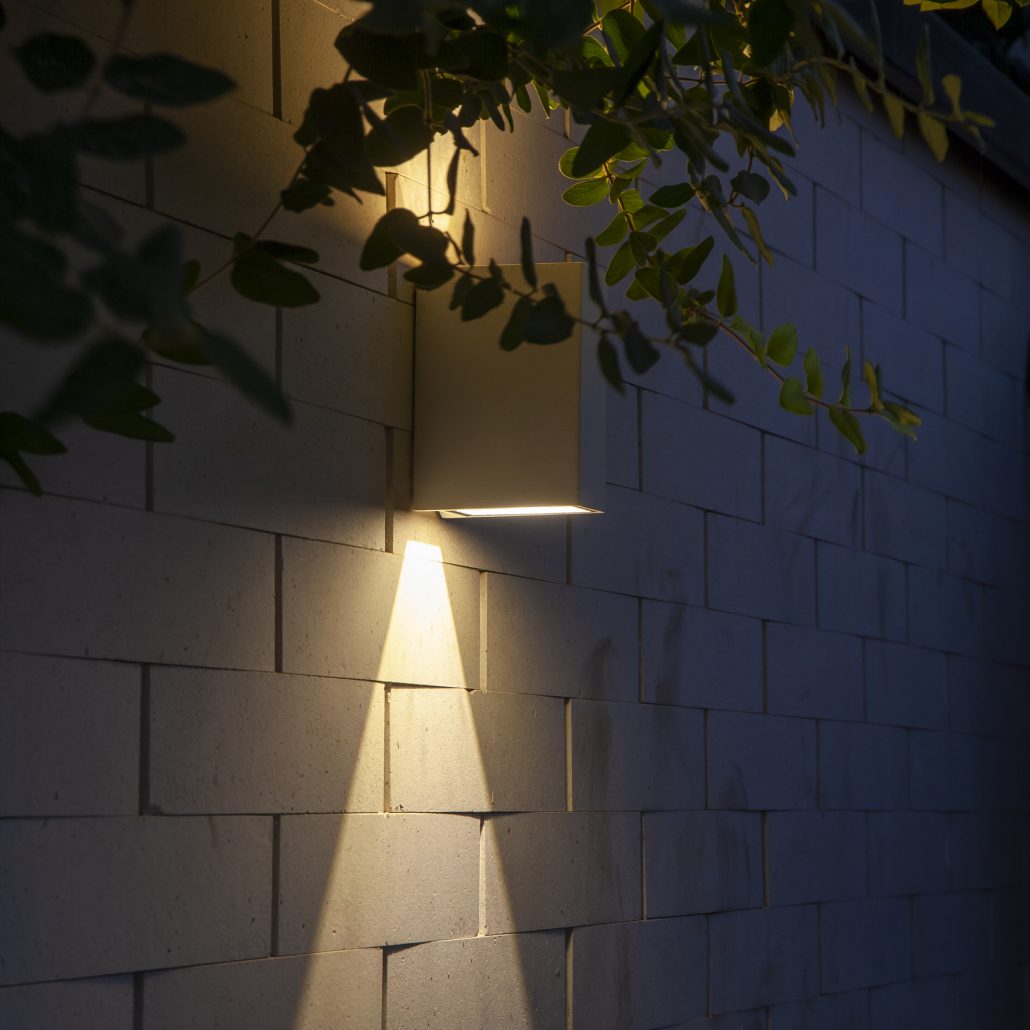
5-Inadequate task lighting
Excessive or inadequate ambient lighting is often problematic (dimmer switches can work wonders here, but not all types of lamps are compatible). However, the opposite is often true for task lighting.
6-Poor positioning of lighting
Lamps should be placed in the right positions to provide adequate lighting while enhancing the aesthetics of the environment, rather than disrupting the visual appeal. When designing lighting, pay special attention to color combinations and their compatibility with the lighting design.
7-Inappropriate shadows
Unintended shadows not only detract from proper lighting design, but they can also impact the appearance and ambiance of the spaces. Certain areas with less light may appear interesting and atmospheric under specific conditions, but they often ruin a well-designed space.
Building Lighting Techniques
Linear Lighting
To emphasize lines, shapes, boundaries, and design elements of a building’s facade, linear facade lights and linear lighting can be used.
Using various suitable lighting equipment such as fiber optics and jet lights, the horizontal structure of building facades can be enhanced, adding beauty to the overall design. These tools and fixtures are highly flexible and versatile, capable of bending in different directions, making them excellent for showcasing various architectural forms and decorations.
Linear lighting using horizontal lines along the upper edges of buildings, especially those with smooth and flat facades, can enhance the facade’s beauty.
One type of linear lighting equipment is the use of high-output jet lights. These lamps, in addition to their high power, are equipped with COB (Chip-on-Board) LED lamps, which consume less energy. COB is a compact circuit composed of small lamps with high intensity and impact, capable of illuminating a larger area. These lights are typically installed surface-mounted and are suitable for use in hotels, commercial and residential towers, shopping centers, and more.
Accent Lighting
Using this method, the viewer can remember the elements and parts of the building facade more effectively. For example, by emphasizing the columns of a building, you convey the height and strength of the structure to the viewer. In accent lighting, you can focus on exterior elements such as windows, columns, balconies, other distinct and eye-catching parts. This method of lighting uses low-energy consumption lamps.
Intelligent Lighting:
By employing intelligent lighting systems, the lighting of the building facade can be controlled and managed. To make the building facade smart, specialized equipment such as smart lamps, ellipsoidal projectors, DALI lights, wall washers, central processing units, sensors, thermostats, software, internet networks, and Wi-Fi can be used.
In this method, the property owner or any other person can adjust and change the facade lighting according to their preference through a mobile phone or any other device. This process is called networking and is carried out using the internet infrastructure and a central system. Generally, the lighting and illumination of the building facade using intelligent methods are performed through a central system that connects to a dedicated application on a mobile phone. When a user activates a specific feature in the mobile app, it sends a signal or message to the central system to perform the mentioned feature. For example, if you want to change the intensity or color of the LED lights on the building, you need to enable this option in the application.
Background Lighting
This method is an artistic and creative approach to distinguish a building from other illuminated parts of the structure. The background includes anything surrounding the building, such as trees and other buildings. By implementing proper and principled lighting and considering all the details of the building, it can be completely separated from the existing background space.
Importance of Building Lighting
When design meets light, new and astonishing lighting ideas are always born for spaces. Architectural lighting design solutions can illuminate exterior spaces properly, establish connections with surrounding spaces through various styles, and convey emotions with captivating and enchanting lighting. All of this is possible if there are no mistakes in the execution of the lighting design project. Making mistakes in work is sometimes natural, but when it comes to planning for lighting design, one must be careful in every aspect. This is because if you are not sensitive in selecting the types of architectural facade lighting fixtures, it can undermine the viewer’s visual experience. This first incorrect choice has great significance, which is why the main goal of designers is to surprise the viewer at first glance by placing them under the influence of proper solutions that can evoke unique and unexpected emotions through light. However, aspects of performance and style that are essential for proper lighting design are often overlooked, whereas they deserve careful evaluation.
Final Words
Now that we have learned the principles of architectural facade lighting, it is important to know that light and the importance of lighting cannot be denied in any space. For proper and correct lighting results, you can consult with Nooransky lighting consultants.
FAQs
Incorrect and non-functional placement of lamps, poor positioning of lighting, creating improper shadows, and improper and non-functional arrangement of lamps are among the mistakes in architectural facade lighting.
To implement intelligent lighting, special equipment such as smart lamps, LED projectors, DALI lights, wall washers, central processing units, sensors, thermostats, software, internet network, and Wi-Fi are required.
Architectural facade lighting is an artistic and creative method for distinguishing a building from other illuminated parts of the structure, and it can be done through several methods. These methods include linear lighting, intelligent lighting, accent lighting, and background lighting.

